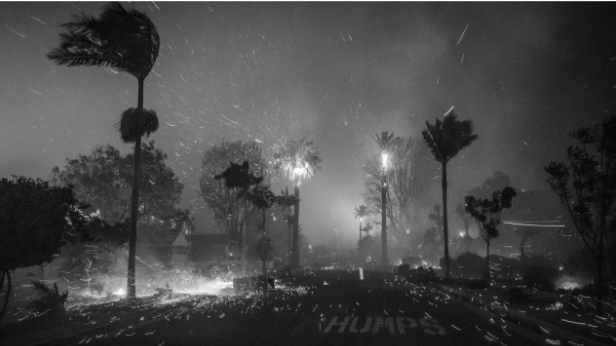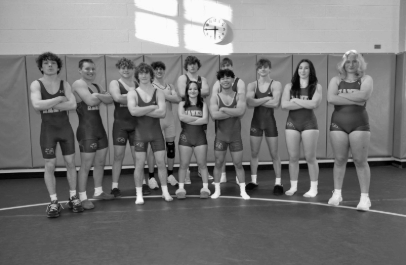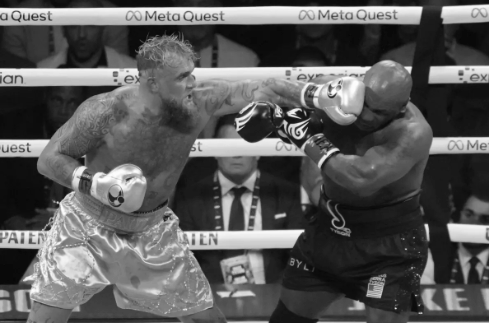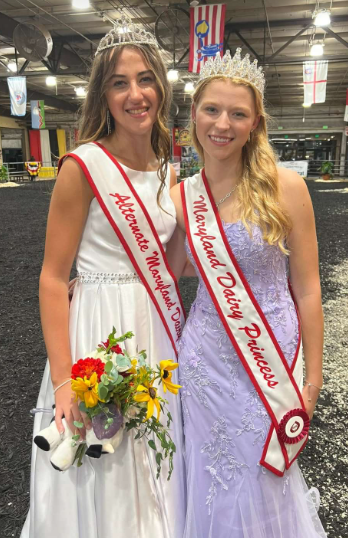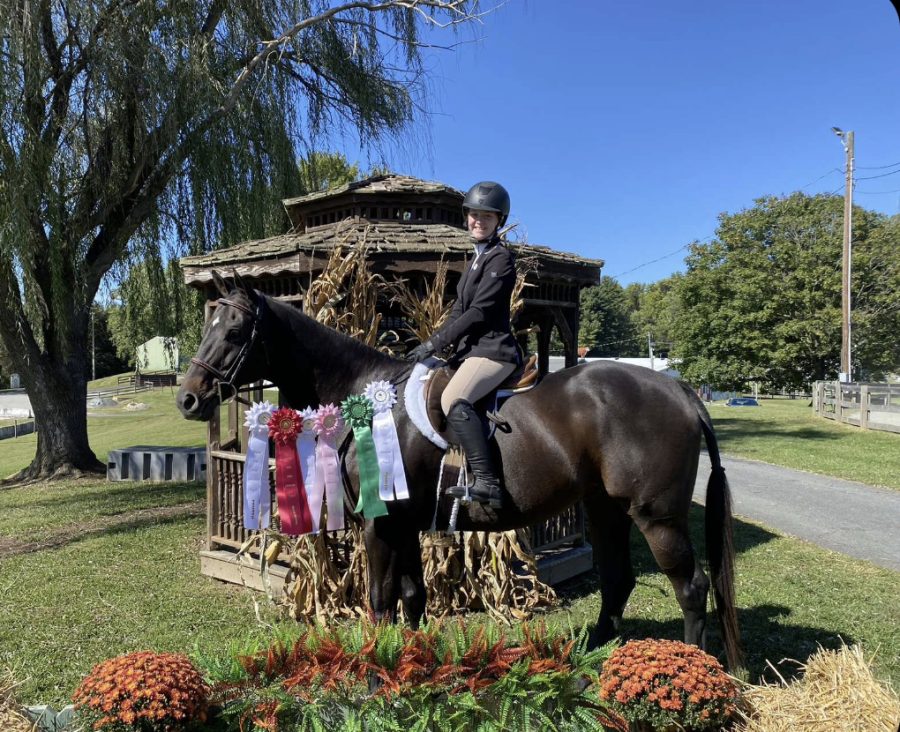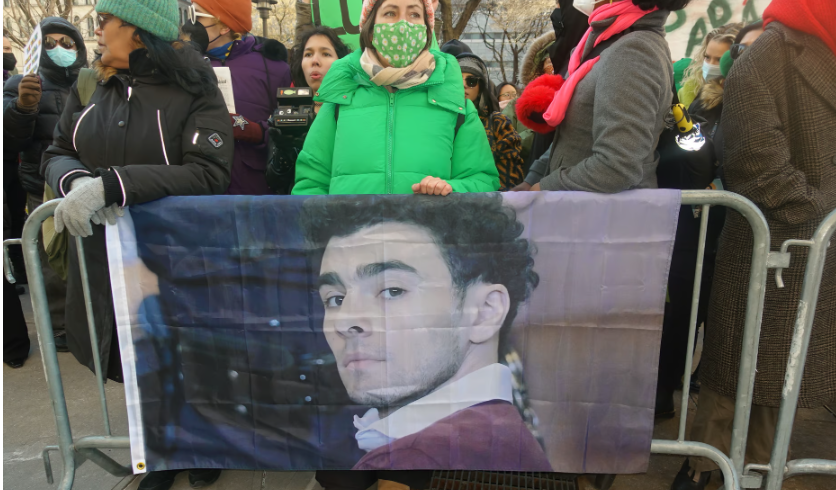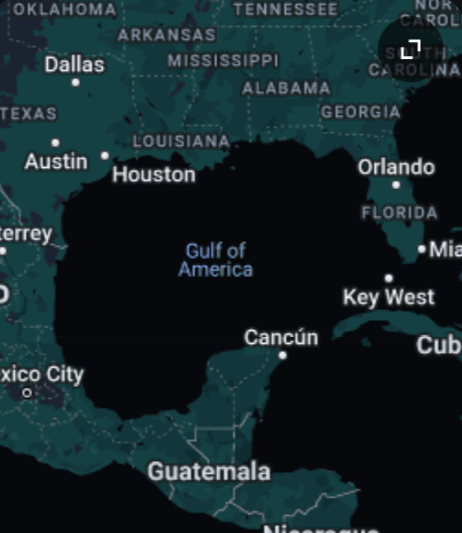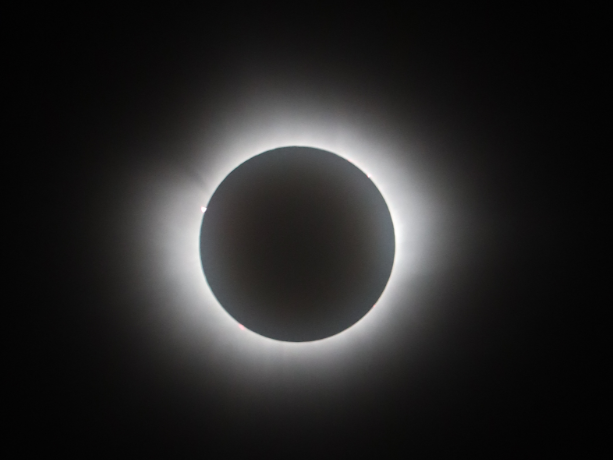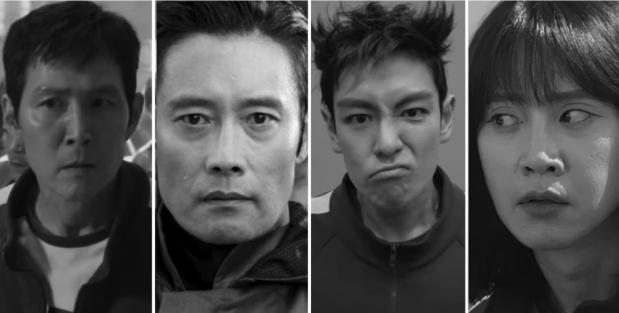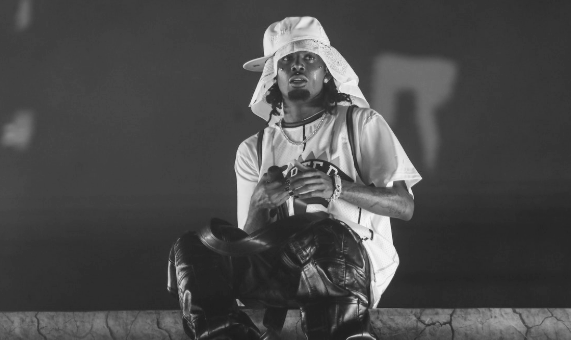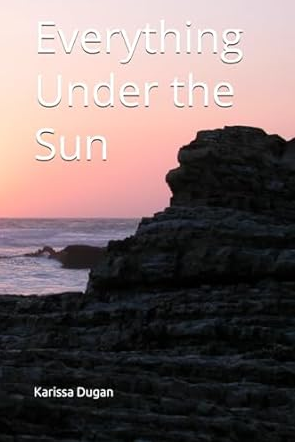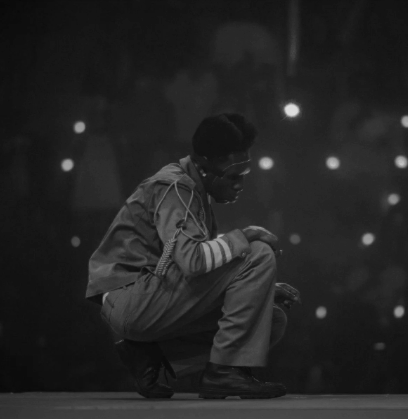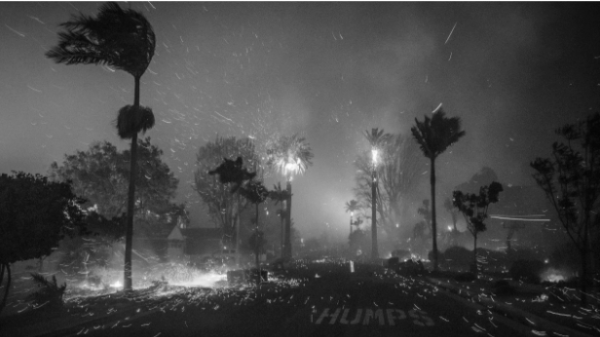Students look to connect the dots in crime scene investigations
A suitable number of juniors and seniors have registered to take the new Forensic Science course being offered in the 2014-2015 school year. The class will be taught by Mrs. Kristian Jones-Knoll, who also teaches all levels of biology.
To prepare for the course Jones-Knoll will take a county inservice course over the summer and she will take classes in forensic science as well.
The class has been in the system for several years and it has been well received in other schools in the county. Jones-Knoll plans to follow the county curriculum which she is familiar with through Aberdeen’s Math and Science Academy.
“I am psyched, it is going to be a really good class,” said Jones-Knoll.
She plans on keeping an interesting curriculum with a lot of hands on activities that lend themselves to the program.
“I really wanted to take this class because I want a fun senior year, and this class will be so interesting. I am really looking forward to all the labs,” said junior Patrick O’Leary.
In order to take the class students must have the prerequisites of biology and chemistry. According to the student education planning guide, the course will “introduce students to the scientific principles and laboratory procedures used to collect, process, and analyse physical and biological evidence during the investigation of a crime.”
“It sounds like a really interesting course, and I am looking to major in cyber security so it will help if I have this in my background,” said junior Dominic Giglio-Tos.
Some of the units that students will be studying next year is the act of fingerprinting. They will be able to learn how to lift a full fingerprint and match it to a person in a database. This is commonly used in professional forensic science because it can catch almost anyone who is within the system.
“I want to learn about fingerprinting because I watch the show Bones and it is really interesting,” said junior Celia Hevesy.
Another unit will be the act of firearms and tool marks. Students will be able to look at the ridges in a bullet and determine which kind of gun it was shot from which can then pinpoint the guilty person. Students will also be able to determine which kind of tool left certain marks on victim.
“I am really interested about the process and investigation of finding people,” said Giglio-Tos.
Some other units that will be studied is blood evidence by typing and splattering, fiber evidence, DNA evidence, casts, toxicology and the forensic aspect of fire investigation.
